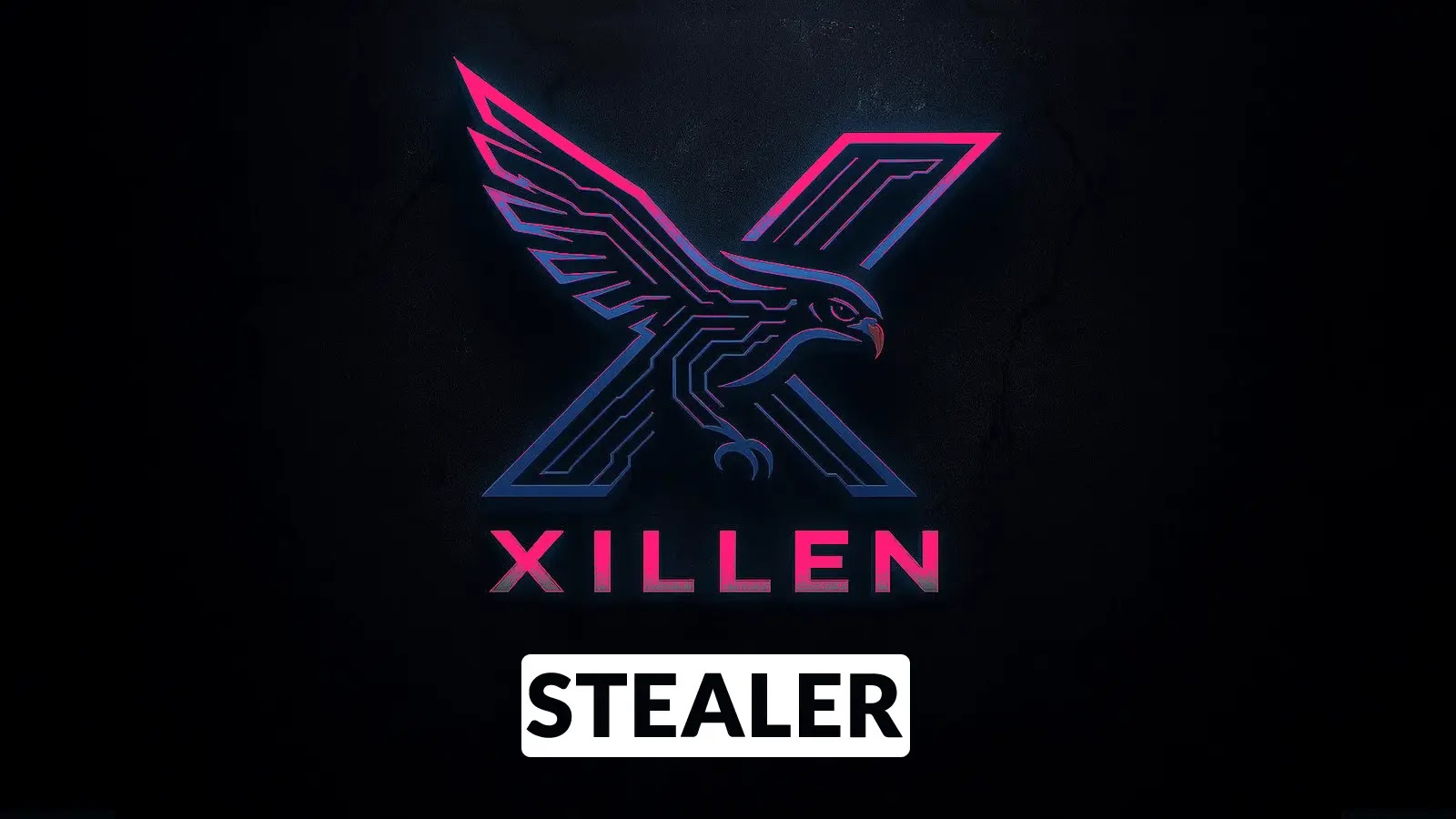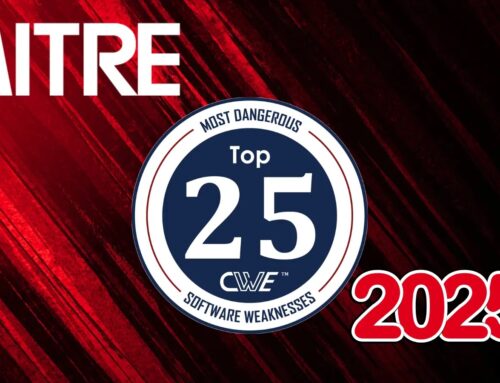
Xillen Stealer With New Advanced Features Evade AI Detection and Steal Sensitive Data from Password Managers
The Evolving Threat of Xillen Stealer: A Deep Dive into its Advanced Evasion Tactics
The cybersecurity landscape faces a persistent and ever-evolving adversary in the form of information stealers. Among these, Xillen Stealer has distinguished itself as a particularly insidious threat. Originally pinpointed by Cyfirma in September 2023, this Python-based, cross-platform malware has undergone significant advancements, evolving into versions 4 and 5. These new iterations boast a dangerous arsenal of features designed not only to harvest sensitive credentials, cryptocurrency wallets, and system information but also to actively circumvent modern security defenses, including AI-driven detection mechanisms. For any organization or individual operating in today’s interconnected world, understanding Xillen Stealer’s capabilities and implementing robust countermeasures is no longer optional; it is imperative for safeguarding valuable digital assets.
Understanding Xillen Stealer’s Evolution and Operational Methods
Xillen Stealer’s journey from its initial discovery to its current advanced forms highlights a concerning trend in malware development. What began as a potent information stealer has been refined to become more elusive and destructive. Its core functionality remains centered on data exfiltration, targeting high-value assets such as login credentials, sensitive documents, and financial information stored in cryptocurrency wallets. The cross-platform nature, being Python-based, grants it broad applicability across different operating systems, significantly expanding its potential victim pool.
The progression to versions 4 and 5 indicates a deliberate effort by threat actors to integrate more sophisticated evasion techniques. This includes methodologies specifically engineered to bypass AI-powered security solutions, which often rely on behavioral analysis and signature detection. By modifying its operational patterns and obfuscating its code, Xillen Stealer aims to blend seamlessly with benign network traffic and processes, making traditional and even advanced threat detection increasingly challenging.
Key Features Enabling AI Detection Evasion
The advanced features incorporated into Xillen Stealer’s latest versions are specifically designed to undermine contemporary security measures. While exact technical details might remain proprietary to the threat actors, common evasion techniques seen in sophisticated malware often include:
- Polymorphic Code: Xillen Stealer likely employs polymorphic capabilities, generating varied binary patterns with each infection to prevent signature-based detection by antivirus software and EDR solutions.
- Anti-Analysis Techniques: This includes checks for virtual environments, debuggers, and sandboxes. If detected, the malware may alter its behavior, remain dormant, or self-terminate to avoid analysis.
- Obfuscation and Encryption: Heavy use of code obfuscation makes static analysis difficult, while encrypted communication channels hide command-and-control (C2) traffic from network monitoring tools.
- Behavioral Mimicry: The stealer might attempt to mimic legitimate system processes or user activities, making it harder for AI models trained on anomaly detection to flag its presence as malicious.
- Decentralized C2 Infrastructure: Utilizing decentralized or rapidly changing C2 servers complicates efforts to block malicious communication channels.
Targeting Sensitive Data from Password Managers
A particularly alarming aspect of Xillen Stealer’s capabilities is its focus on password managers. These tools, designed to enhance user security by centralizing and encrypting credentials, become prime targets for attackers. A successful compromise of a password manager can grant an adversary access to an entire digital identity, enabling widespread account takeover across various services. Xillen Stealer is engineered to:
- Extract Stored Credentials: Directly access and exfiltrate usernames, passwords, and other sensitive information stored within popular password managers.
- Harvest Browser Data: Beyond dedicated password managers, it targets credentials cached in web browsers, session cookies, and autofill data.
- Capture Cryptocurrency Wallet Information: Critically, it seeks out private keys, seed phrases, and other vital data from cryptocurrency wallets, leading to potential financial ruin for victims.
Remediation Actions and Proactive Defense
Mitigating the threat posed by Xillen Stealer, particularly its ability to evade AI detection, requires a multi-layered and proactive cybersecurity strategy. Organizations and individuals must move beyond relying solely on automated detection and embrace a more resilient posture.
- Regular Software Updates and Patching: Ensure all operating systems, applications, and particularly web browsers and password managers are kept up-to-date. Attackers often exploit known vulnerabilities to gain initial access (e.g., consider potential CVEs related to browser extensions or software flaws, like hypothetical CVE-2023-XXXXX or CVE-2024-YYYYY if specific vulnerabilities were linked to Xillen’s delivery).
- Implement Multi-Factor Authentication (MFA): MFA significantly reduces the impact of stolen credentials, as a password alone is insufficient for access.
- Principle of Least Privilege: Limit user permissions to only what is necessary for their roles. This can restrict Xillen Stealer’s ability to propagate or exfiltrate data if a system is compromised.
- Network Segmentation: Isolate critical systems and sensitive data from the broader network to contain potential breaches.
- Endpoint Detection and Response (EDR) Solutions with Behavioral Analytics: While Xillen aims to evade AI, advanced EDR solutions with robust behavioral analytics can still identify anomalous activities that deviate from baseline user and system behavior, even if signature-based detection fails.
- Regular Security Awareness Training: Educate users about phishing, social engineering, and the dangers of clicking on suspicious links or downloading untrusted attachments, which are common initial compromise vectors for stealers.
- Offline Backups of Critical Data: Maintain secure, offline backups of important files and cryptocurrency wallet information to ensure recovery in case of data loss or encryption by other accompanying malware.
- Harden Password Manager Security: Use strong master passwords, enable MFA for your password manager, and regularly review its security settings. Consider hardware-based keys where available.
Conclusion
Xillen Stealer, in its evolved forms (versions 4 and 5), represents a significant and persistent threat. Its proficiency in evading AI detection mechanisms and its direct targeting of password managers and cryptocurrency wallets underscore the urgent need for heightened vigilance. As cybercriminals continue to refine their attack methodologies, organizations and individuals must adopt comprehensive, multi-layered security strategies that combine robust technical controls with strong security awareness. Staying informed about emerging threats like Xillen Stealer and proactively implementing the recommended remediation actions are paramount to protecting sensitive data in today’s complex digital landscape.





